An iron core has the effect of multiplying greatly the magnetic field of a solenoidcompared to the air core solenoid on the left.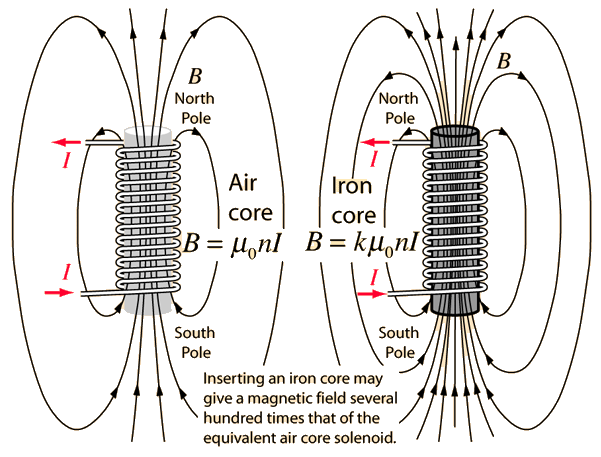


ElectromagnetElectromagnets are usually in the form of iron core solenoids. The ferromagnetic property of the iron core causes the internal magnetic domains of the iron to line up with the smallerdriving magnetic field produced by the current in the solenoid. The effect is the multiplication of the magnetic field by factors of tens to even thousands. The solenoid field relationship is | 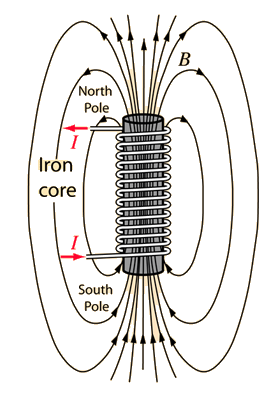 |
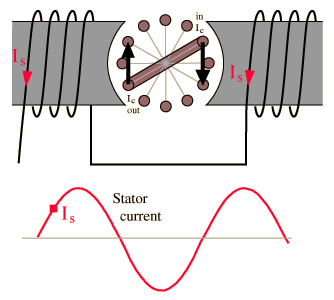 | At the moment illustrated, the current in the stator coil is in the direction shown and increasing. The induced voltage in the coil shown drives current and results in a clockwise torque. Note that this simplified motor will turn once it is started in motion, but has no starting torque. Various techniques are used to produce some asymmetry in the fields to give the motor a starting torque. |
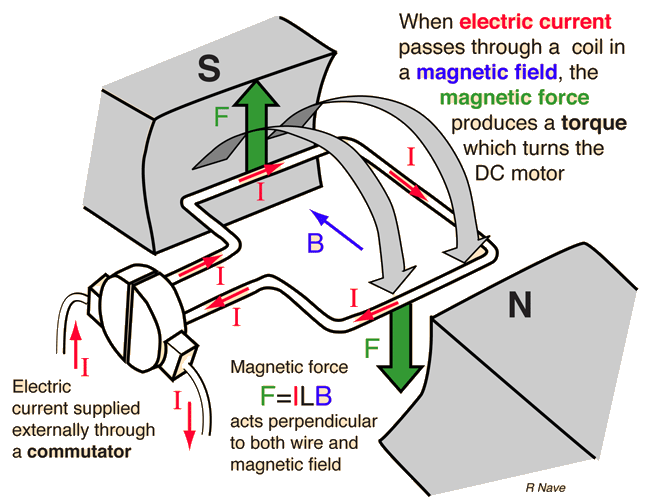
         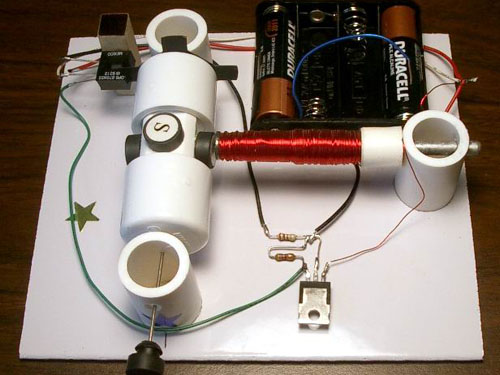   This site features award-winning, easy-to-build, and inexpensive electric motors originally designed by Stan Pozmantir for his science fair project in 1997-2000. The motors shown on this page were widely used for educational purposes in different schools and colleges in the United States and other countries. The kits listed here helped the students to learn basics of electricity, magnetism, and electronics. Many people successfully built these motors using simple and clear instructions that were first published in May 1999. |